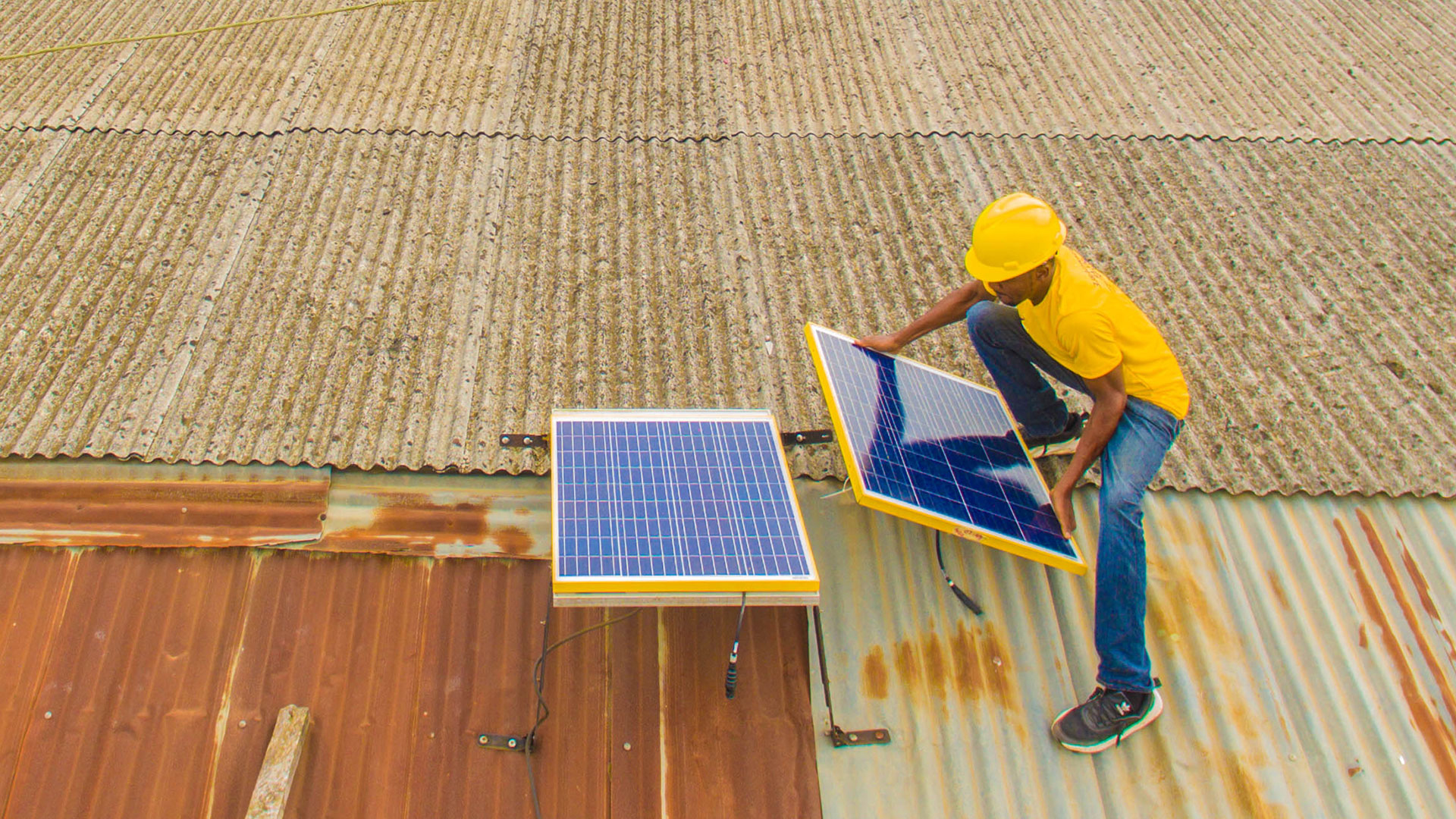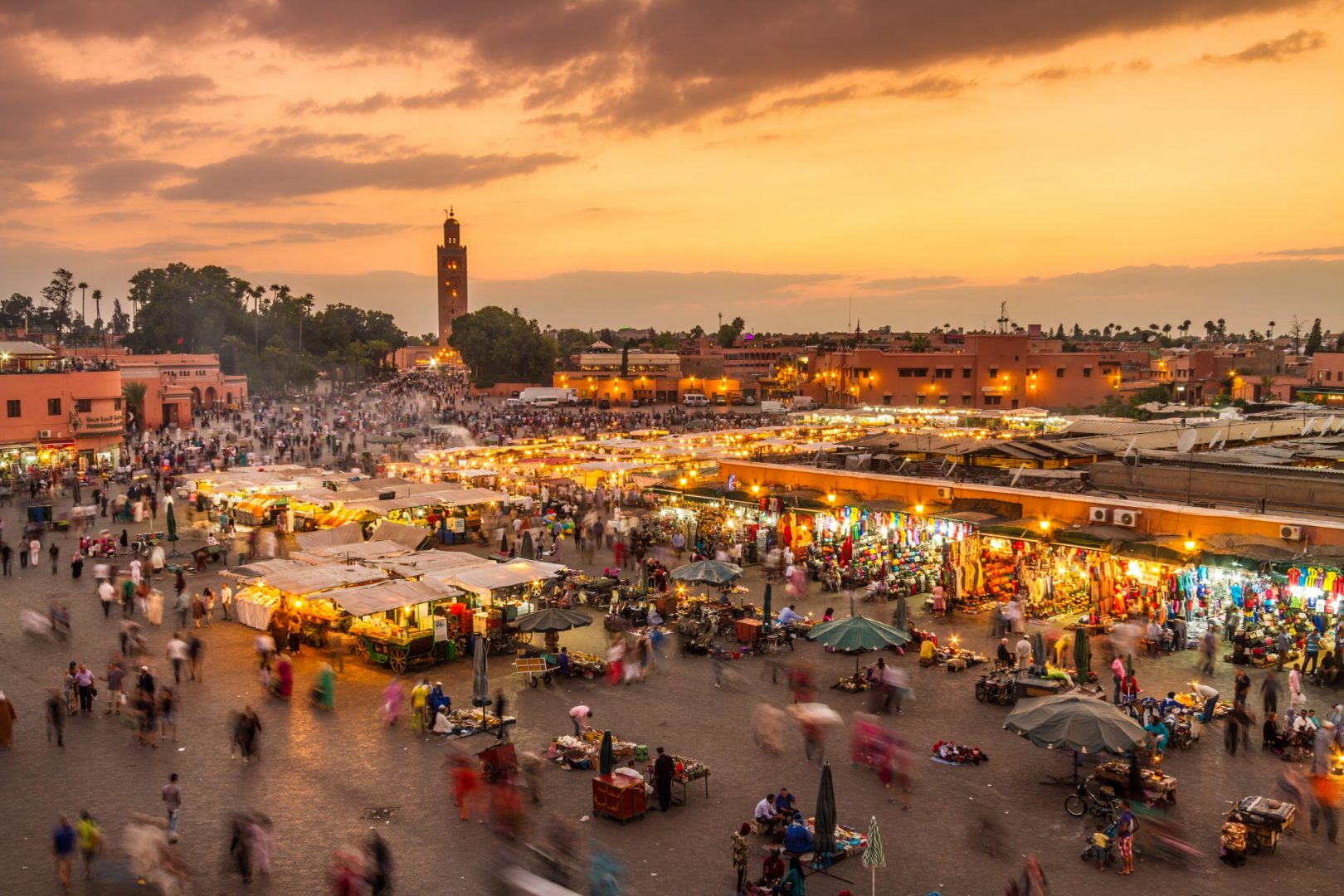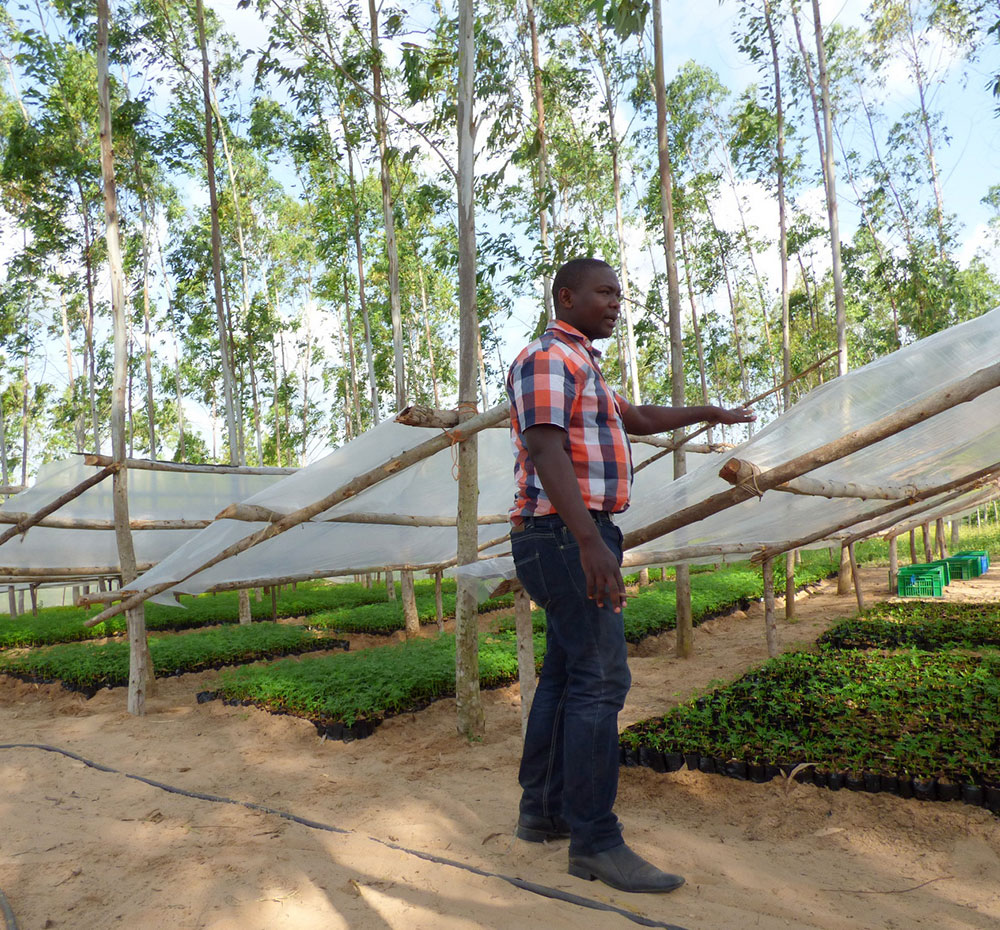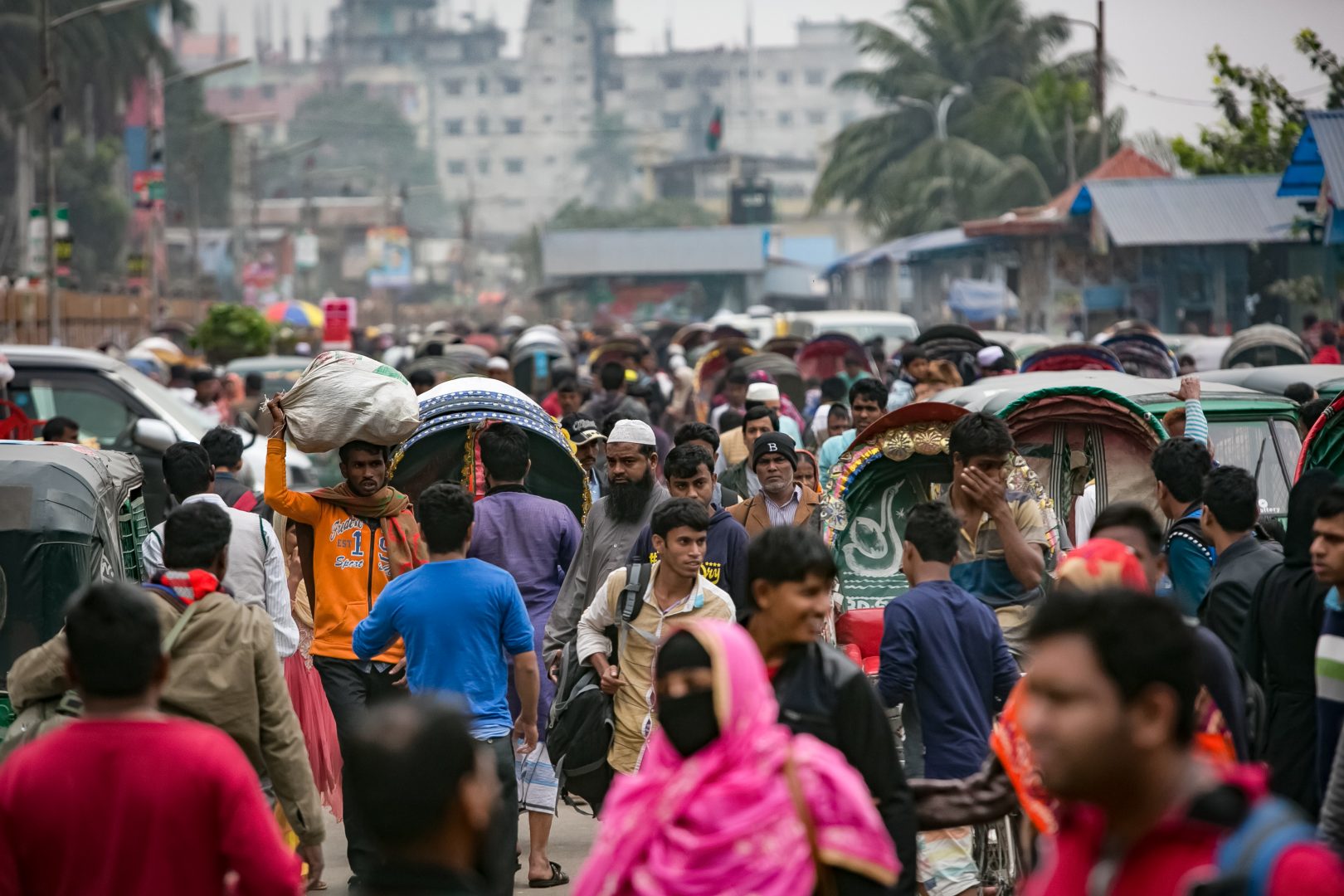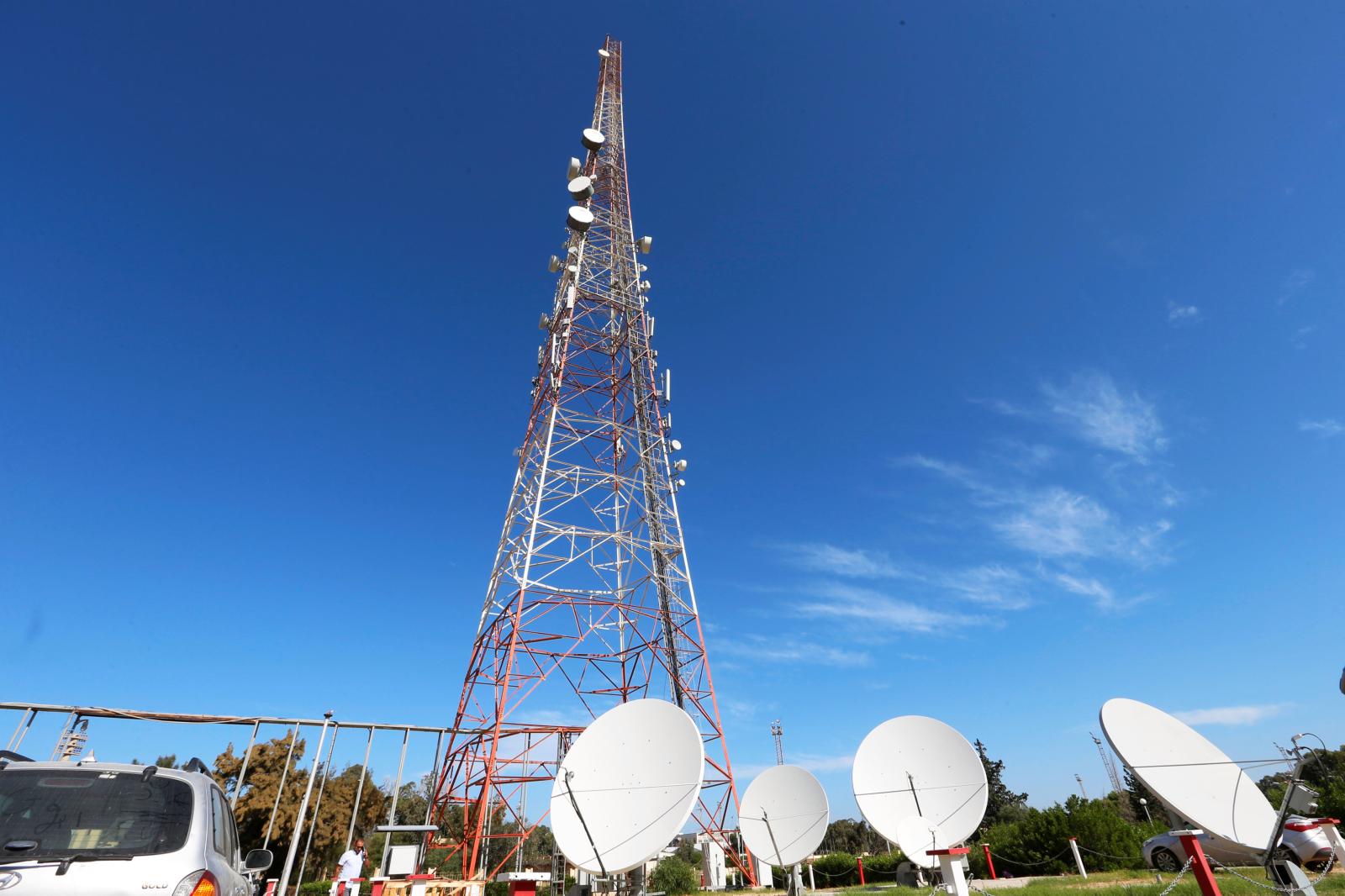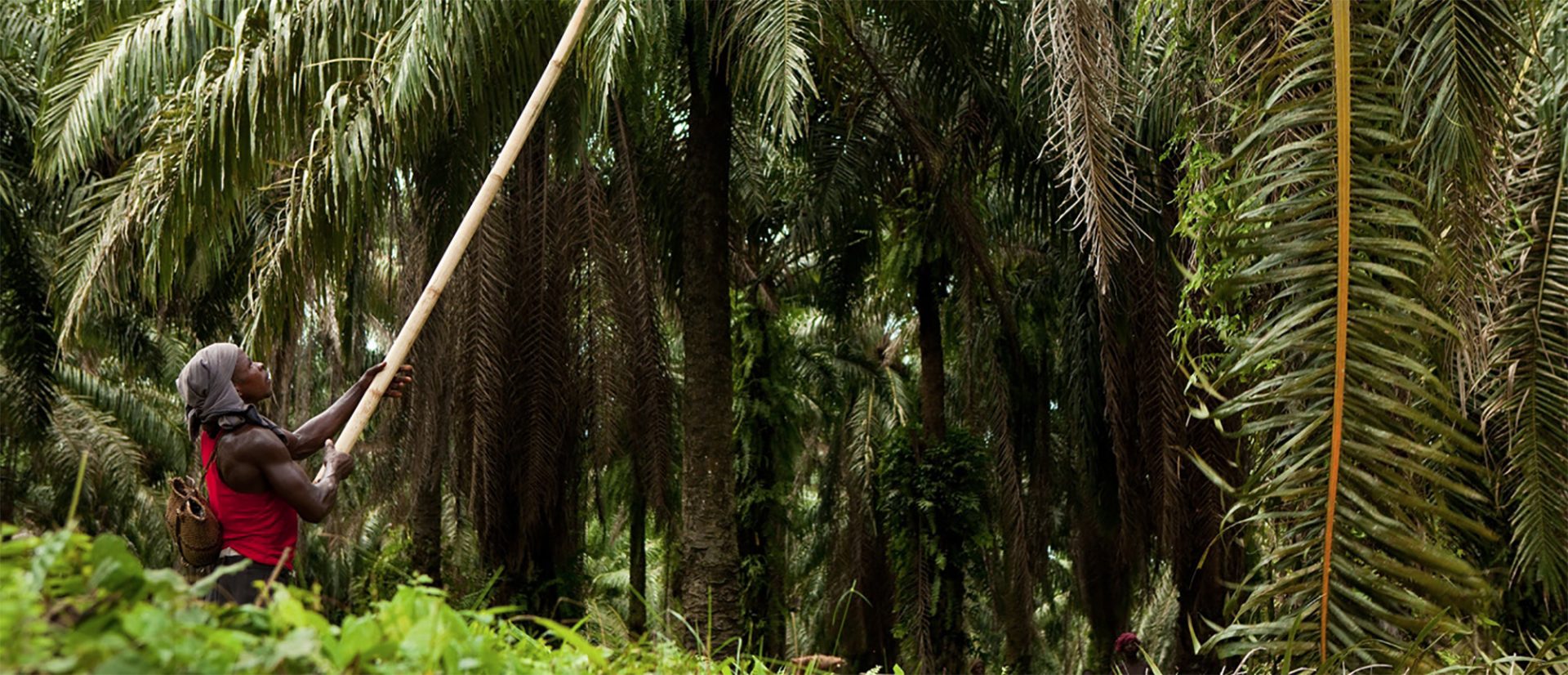We invest to increase economic productivity and create the growth that is so critical to lifting people out of poverty.
When we consider an investment, we look at the people that will be employed, both in the business and in the supply chain, as well as what the goods and services produced by the business are used for and who will use them.
Sometimes we prioritise an investment because we believe it will have a direct impact on poverty, by improving the livelihoods or meeting the needs of low-income sections of society. For example, we invest if we believe it will increase the affordability and availability of goods and services for people on low-incomes. Or because we think it will create better jobs for the people who need them.
At other times, we invest because we think it will have an indirect impact on poverty, for example by stimulating a supply chain which increases wages, or because it provides the things that other businesses need to grow, like finance or internet access.
Let’s take each of those in turn.
What kind of investments have a direct impact on poverty?
Investments that have a direct impact on poverty are perhaps easier to understand.
One example is an investment that is aimed at improving incomes. For example, we might invest in a business that is using new thinking to find ways to increase the incomes of the smallholder farmers in its supply chain – like Osam Dairy, which works with over 20,000 smallholder farmers in India. Osam buys milk directly from the farmers, using technology to assess the quality of the milk. This system means farmers are paid faster and makes pricing fairer and more transparent.
Another example is an investment that brings down the cost of an essential service, like electricity. For example, in African nations where many homes are without electricity, off-grid solar companies are offering customers a more affordable ‘pay as you go’ model. This type of innovation is changing millions of lives; supplying power to homes and businesses while helping those on low incomes improve their credit rating. We’ve invested in a number of these companies – like Greenlight Planet, which provides solar home systems to 11.2 million people across Kenya, Tanzania, Uganda and Nigeria, where 80 per cent are rural customers.
What do you mean by indirect impact on poverty – and how do you know it happens?
The second of these ideas – that investments have an indirect impact on poverty by targeting the structural problems which prevent economic growth – is more complex.
Often the markets we invest in lack critical infrastructure, such as reliable electricity and internet, which stunt the growth of businesses and in turn slow poverty reduction.
For example, internet access helps businesses grow and strengthens local economies – the World Bank estimates that a 10 per cent growth in people connected to the internet leads to GDP growth of 1.38 per cent, but this requires infrastructure. We invest in companies that provide the infrastructure like fibre networks that are essential for internet access. With our investment, Liquid Telecom, the largest independent fibre and cloud provider in Africa, has accelerated its ambitious plan to connect the length of the continent – Cape Town to Cairo- by fibre network and to expand into Central and West Africa.
We know these investments work because the evidence that investments indirectly help people escape poverty is overwhelming. We know it from historical examples of poverty eradication – for example China moved 850 million people out of extreme poverty in a matter of decades by encouraging all manner of private investment.
We also know it from research which shows that higher rates of private investment into a country are associated with faster poverty reduction. And there are many individual examples – for example research shows that for every new job created by foreign direct investment in Mozambique, another 4.4 other jobs were created; and that finance allocated to more productive firms in India increased wages and cut prices.
Does the link between investment and economic growth mean you simply invest in any business?
In those instances where our intention is to have an indirect impact on poverty, can we invest in any business?
The answer is no. It is not the case that every investment is a good investment. The reality is that all businesses have indirect impacts via goods and labour markets. When we make an investment, we need to be very clear how that it’s going to lead to sustainable growth and in turn have an impact on people’s lives.
For example, it might be that the business in question will create lots of good jobs and has an especially strong local supply chain. Or the country we’re investing in could be particularly fragile market, where businesses are struggling to access the finance they need to grow (there is much evidence that underdeveloped financial sectors in Africa and South Asia are a constraint on growth). In that instance, we might invest in a bank to expand lending to small businesses.
There is no doubt that investment into a country is an effective tool for poverty reduction. As a specialist investor, BII is expert at identifying investment opportunities that are most likely to either directly improve people’s lives or generate the wider economic growth that is critical for poverty reduction.


